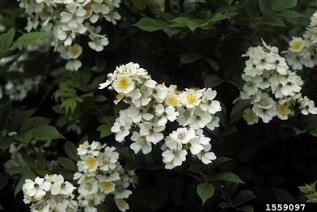Invasives Species in Your Yard - and How to Control Them

Invasive species are one of the greatest threats to our natural environment and a direct threat to the survival of many native species. Too easily, invasives establish themselves in natural environments where they can then out-compete, displace, or kill native species.
Over the years, many invasives have been introduced to Massachusetts accidentally or on purpose for garden or landscape use, causing pronounced environmental and economic damage. According to Native Plant Trust, invasives alter 3 million acres of habitat annually in the United States, costing 36 billion dollars a year to control and eradicate.
What can you do?
o Purchase and plant only native species
o Learn which plants are invasive in your yard. The Massachusetts Invasive Plant Advisory Group (MIPAG) has scientifically identified and documented 66 plant species as invasive, likely invasive, and potentially invasive in Massachusetts. Click here to see the Official Invasive Plant list for Massachusetts (listing begins on page 8)
o Take these steps to eradicate invasives from your property:
- Pull and dig herbaceous plants with woody stems less than 1” diameter.
- Use a weed wrench for stems up to 3” diameter. This device pulls the plant, roots and suckers.
- Cut or mow to keep plants from going to seed, being careful to bag and properly dispose of all plant parts to avoid spread.
- Cover and smother invasive plants with cardboard, weed barriers, or black plastic. This method creates less soil disturbance than pulling or digging.
- Dispose of invasives properly. Put cuttings in a black plastic trash bag and let sit in the sun for 4-6 weeks before disposal. Never put cuttings, root fragments, or seed materials of invasives into your compost or your town’s compost pile.
- Leave chemical treatments to certified professionals, and use only as a last resort, as the chemicals are ecologically troublesome and potentially harmful to humans.

